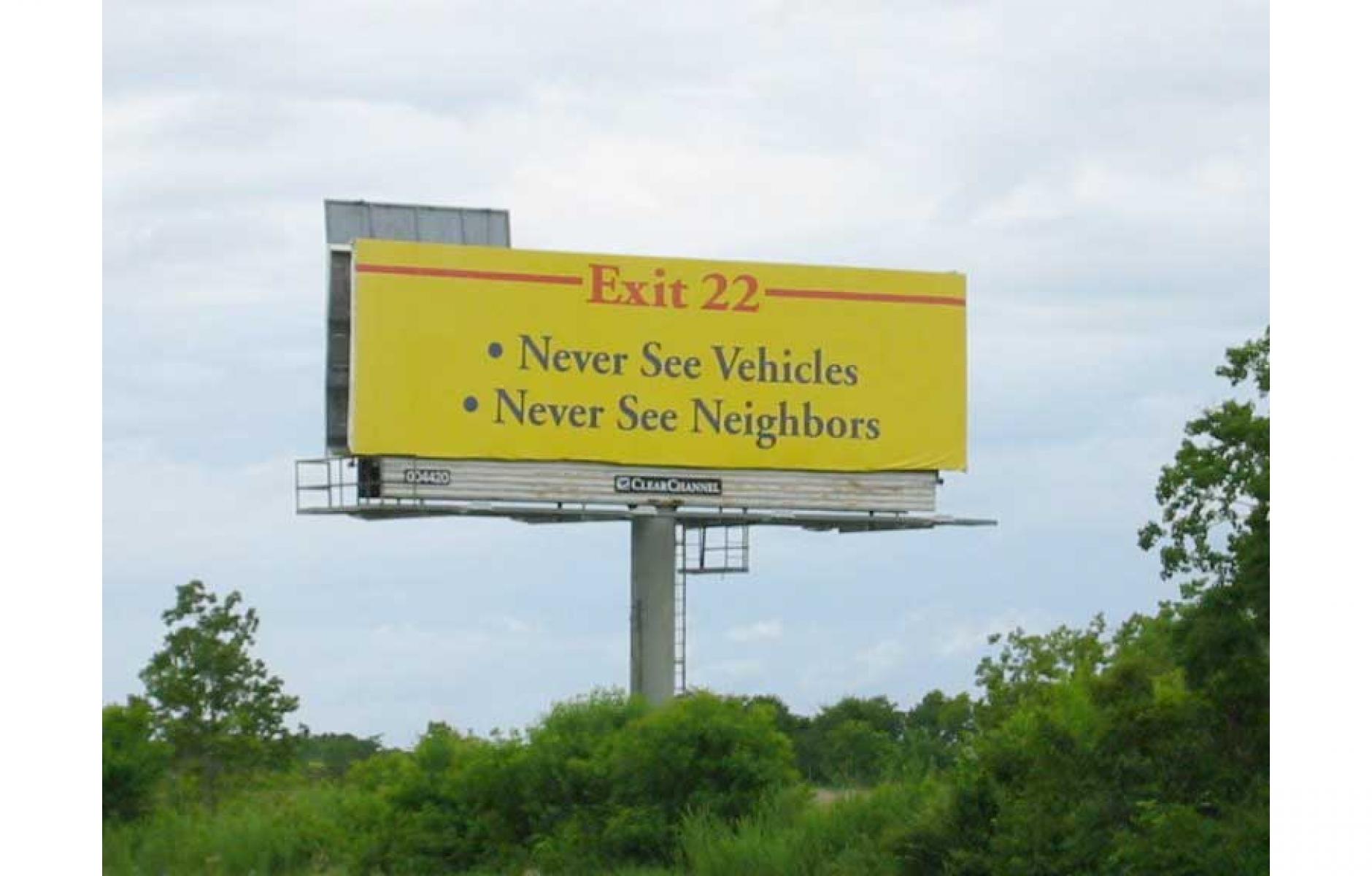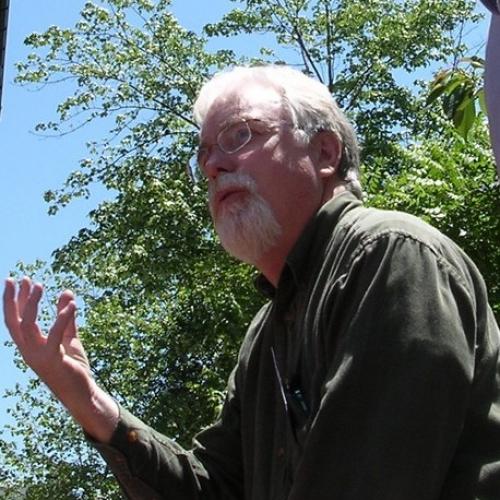
Houston, build the civic space of democracy
We have all heard the Harvey wakeup call. We all know we can’t continue business as usual. We have to change our ways. We will in fact be “the city that floods” unless we stop being the “city of no limits.”
Unlike previous storms, every one of us knows personally someone who was flooded out of their house. This storm will long remain with us. The Harvey aftermath will last much longer than previous storms—and thus will provide a longer “teachable moment” for us to think about our future. Let’s make this teachable moment about much more than flooding. Maybe thinking about how to be a great city will help us deal more rationally with the flooding as well.
Right now we are hyper-focused on flooding. But is a lack of flooding, or more properly, a reduction in flood impacts (remember we can’t stop the floods!) a compelling enough vision to make us a great city? Is not being sick enough of a vision to motivate a person to be healthy? Certainly it helps, but genuine health is not just about not being sick.
A healthy city is not a bad paradigm for thinking about a great city. If we are hemorrhaging, we absolutely need to stop the bleeding before we can move towards health. People—a whole lot of people –have been impacted by flooding. That is our very serious hemorrhaging, which we must make sure doesn’t happen again. We agonize over how to stop the bleeding, but it is pretty straightforward—get people out of harm’s way. Let’s reclaim our floodplains, ideally all the floodplains that Harvey flooded. With that as our standard, we would have very few impacts in future Harvey’s. This is not likely to happen, but perhaps we can get somewhere between a band-aid solution and complete healing of the open veins of our flooding. We must empty our deepest floodplains, the places where boat rescues were necessary. In areas of shallower flooding, houses and other structures should be elevated wherever possible above the Harvey flood level.
However, not bleeding, or not flooding, is not a definition of health, for people or for cities. But while we are at the doctor’s office dealing with the bleeding is a great time to inquire into our overall health. Because that fact is that we will continue to be vulnerable to more flooding/bleeding unless we treat more than symptoms.
So just what is a healthy city? Is it just a clinical issue of healthy non-sick citizens? That certainly is part of it. But it is much more. A healthy city is a fully functioning city, and the main function of a city is to maximize all kinds of interaction among its citizens. Buying and selling—of course. But also lively exchanges of ideas and points of view. It is not just interactions in formal settings. Cities must also provide a platform for un-anticipated, serendipitous interactions, as these are often the most fruitful in terms of new ideas and approaches. Sharing is how new ideas are born. The architecture of civic space looms large here.
Solitary travel to work and back does not encourage interaction. Gated communities do not encourage interaction. Car-only access to places of work, shopping, worship, or play does not encourage interaction. Sterile streets with empty walls—no doors, no windows, no shops — do not encourage interaction.

One thing that encourages interaction (i.e., health, writ large) is walking. Walking where other people are walking. Healthy walking, in the broadest sense, requires much more than sidewalks. It requires that destinations be close together. Healthy walking requires stores up close to the sidewalks, where we can see into the stores. It requires a very fine-grained widespread pattern of services, shops, houses of worship, and even bars. Healthy interaction requires complete streets with wide sidewalks, short blocks, and a diversity of shops and services. It requires a minimum of parks, both large and small. Well-designed parks maximize interaction, and thus form the core of the civic space of democracy. Very small parks in compactly populated neighborhoods and commercial districts are very often the best platform for serendipitous interactions.
Houston is a model for diversity. It is our calling card. For that diversity to be vibrant and to fuel the interaction we need among our diverse peoples, we must provide a lasting template for lively interaction. Building the civic space of interaction is perhaps the main “therapy” we need to become a healthy city.
Which brings us back to flooding. The sprawling pattern of secluded, often gated subdivisions needs a lot of land, much more than is needed, on a per capita basis, for compact, walkable neighborhoods. The need for land very often pushes us to encroach out into the floodplains, where land is cheaper. Cheaper in the short run, but not in the long run when houses are lost to flooding.
There appears to be a connection, then, between communities of isolation (e.g., gated communities) and high-interaction (walkable) communities and their relationship to nature. Communities of isolation sprawl over natural areas and into floodplains. Compact communities of interaction are less likely to impinge on these kinds of areas.
Compact does not mean dense. Our grandparents lived in compact walkable neighborhoods one hundred years ago – 50 x 100 feet was the common lot size in those days, about half the size of standard suburban lots today. That is just compact enough to support corner stores and limited bus service. A bit more compact, say townhomes or perhaps 2-3 story mixed-use development, can support most if not all the services within walking distance that you might find in lower Manhattan. Walking to a corner store or elsewhere leads to interaction. Building for walkability thus contributes to the civic space of democracy. And flood reduction, perhaps!
Building compact, high-interaction neighborhoods does not require a government mandate to force people to live where they do not want to live. The fact is that there is more demand for high-interaction neighborhoods than there is supply. Furthermore, we have a surfeit of ordinances, both in Houston and throughout the metro area, that actually make compact development more difficult, minimum lot sizes in excess of 7000 square feet being one of the most egregious examples.
A healthy city on the Texas Upper Gulf Coast can live with bayous, and it can live with bayous that flood. A healthy city does not clog its aquatic arteries with development. A healthy city has a healthy relationship with nature. A healthy and resilient city builds on higher ground—the literal higher ground that does not flood and the metaphorical higher ground built on a civic architecture of interaction.
Let’s get out of the floodplains and build a Houston for the centuries.




